Today marks the halfway point in the incubation of the chicken eggs. It’s been ten days since I placed them under the hens, and my most respected chicken resource states that eggs incubated under broodies usually hatch in twenty days instead of the 21 days for mechanically incubated eggs. We shall see. As it is things aren’t looking awesome in the brood coops, and my confidence in the viability of these hatches is waning.
One of the eggs in Oregano’s coop was broken when I checked earlier in the week, and then yesterday I found the broken shell of a Coronation Sussex egg—the prettiest one of the bunch. Boo.
I don’t know if they are breaking on their own because they are rotten or if she’s cracking (and possibly eating) them. That nest box didn’t smell horribly of rotten egg, so I suspect the egg was fertile when broken. However, I don’t know how many days it would take under the hen for an infertile egg to spoil. So that’s the situation in Oregano’s coop. She’s been getting off the nest, as evidenced by her “deposits” in the cage, and has lost a lot of weight already. Broody hens generally don’t eat much while sitting, and if they do get off the nest their poo has such a strange and horrible smell that it’s enough to gag you just walking into a room with it. Needless to say I remove it as soon as it’s discovered, to keep flies off it and to get it out of my life and into the compost pile.
Over in Dahlia’s coop, I found a major mess in her nest box. One of the olive egger eggs placed under her was broken, and it had made a horrid fermented/cooked mess in the nest. At least five of the ten remaining eggs were coated in dried egg goo. Not good, for several reasons. The incubating egg is a living vessel, and its shell needs to be clean to allow air to pass in to the developing embryo. To seal the pores of the egg could suffocate the embryo.
I was at a loss as to what do. I know the embryos need air, but I also know that to wash an egg is to remove its “bloom” or protective covering that helps keep bacteria out of the egg. In this case, though, I figured washing was probably the lesser of two evil decisions, so I gently scrubbed the dried egg off the dirty eggs.
Oregano had a few dirty eggs too, so I touched those up as well, trying to just wash the dirtiest areas. Then I cleaned out Dahlia’s stinking messy nest, filling it with clean pine shavings. I made notes in my log of which eggs I washed, which may be telling around hatch day.
Of course I started this project before suiting up with gloves, and the stink that was on those eggs was so strong I couldn’t get it off my fingers all night despite multiple scrubbings and soaking in lemon juice. In all, it was a fittingly disgusting ending to an evening that began by killing a black widow in the crawlspace. Ugh.
Tonight it was time to candle the eggs, which means I shine a light through them to see if they are developing into chicks. I made a candler out of a MagLight flashlight (with fresh batteries) topped by a taped-on piece of cardboard to concentrate the beam and cushion the eggs.
Then after dark I headed out to the garage to candle the eggs. All I needed was my candler, my record log and pencil, and a small dish to hold the eggs as I pulled them from the nest. I waited for the garage door lights to go off and began with Oregano’s eggs.
I removed each egg from under Oregano, enduring a peck on the wrist each time, bless her. I held the egg over the end of the candler, turning it until I could see something, or nothing. Most eggs looked like this, below, with some murky shape with no clearly defined blood vessels but perhaps the hint of a developing eye. Perhaps because many of them are Black Copper Marans eggs, which are dark to begin with and thus more difficult to candle.You can clearly see the air sack at the bottom of the egg.
Here’s an egg in which you can see some veins and perhaps a developing eye, right on the line between shadow and light.
Here’s an egg, unfortunately one of the two remaining olive egger (Oregano’s) eggs, that I think has no development:
Here’s a Black Copper Marans egg that appeared very porous. This porosity is thought to be an indication of a poor egg for hatching.
The clearest picture came from the last egg I candled, a Coronation Sussex under Dahlia. You can definitely see a healthy pattern of veins, and as I watched, I could even see the embryo moving within the shell.
I have to admit that holding this egg in my hand, in the dark, and seeing those veins pulse is a pretty freaking incredible feeling. It’s scary, to hold such perfectly planned beauty alive within that fragile shell.
Out of the 20 remaining eggs, there is only one (the olive egger) that I feel I can conclusively describe as not developing. The rest are big question marks, and I am not yet experienced enough to discard any eggs based on my judgement. I feel better about the clutch under Dahlia, my Black Copper Marans, than the clutch under Oregano, my olive egger. But that’s just a hunch. So they will all stay put in the nest, and we will wait the ten more days to see what becomes of them. As you can already tell, a lot can happen in the next ten days. And so I remind myself, and you, dear reader: “Don’t count your chickens until they hatch.”

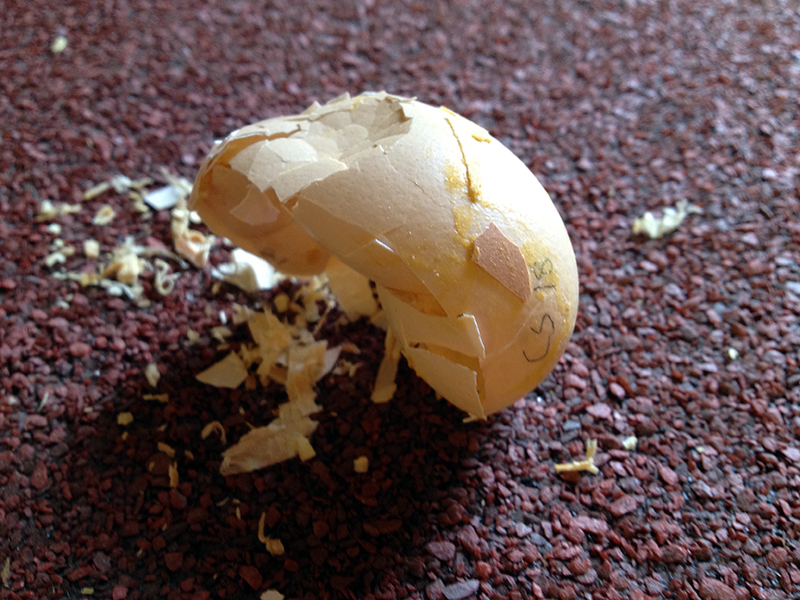
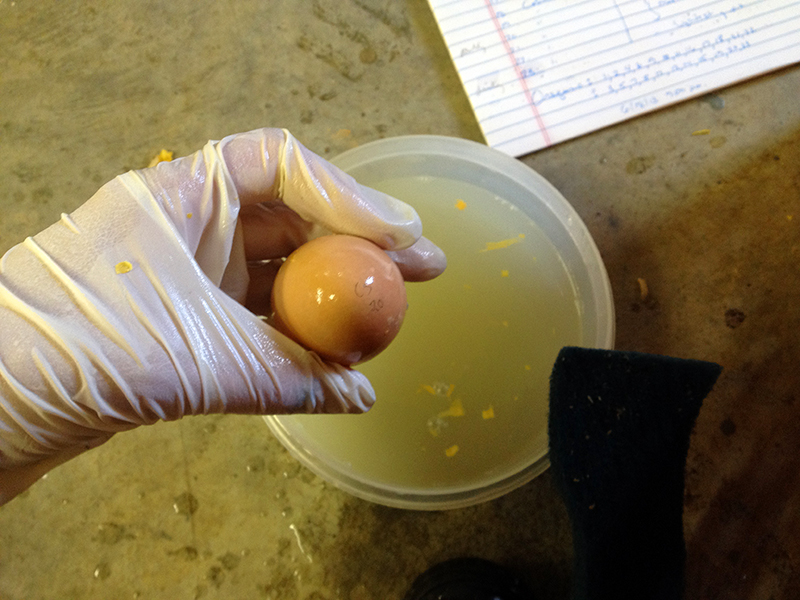
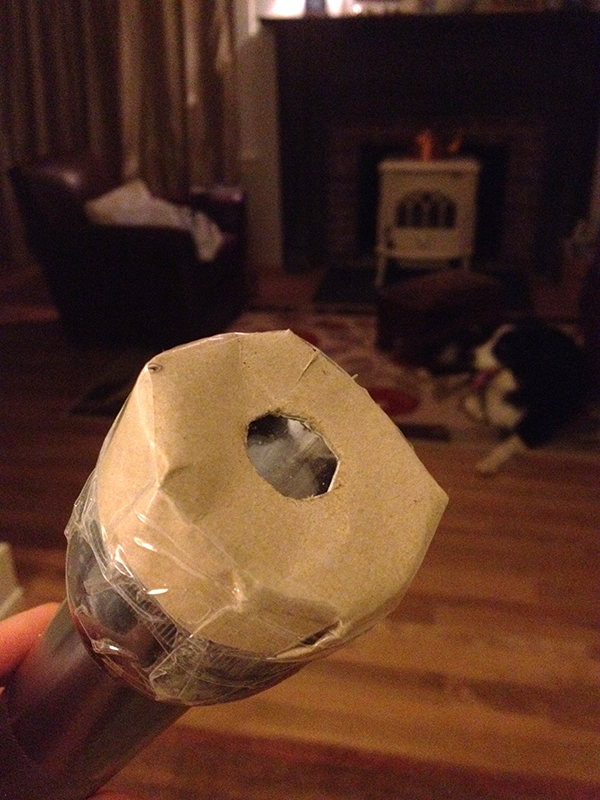
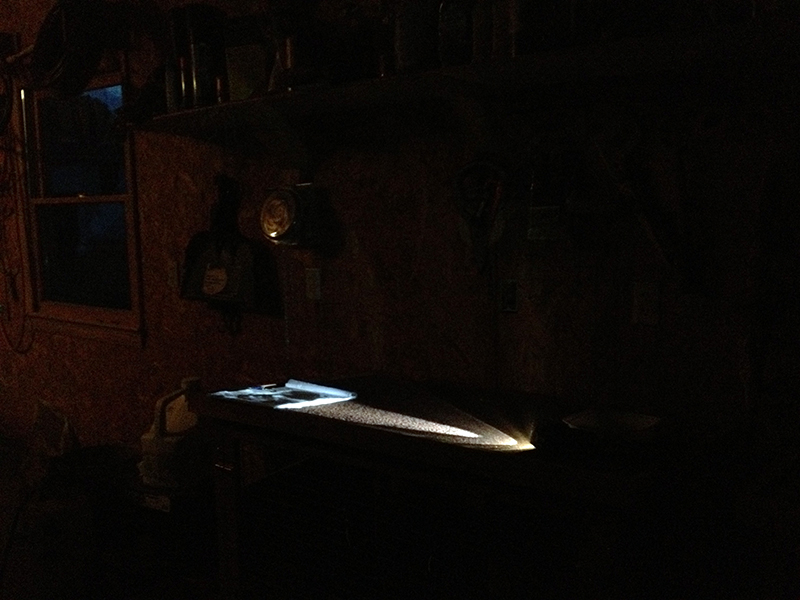
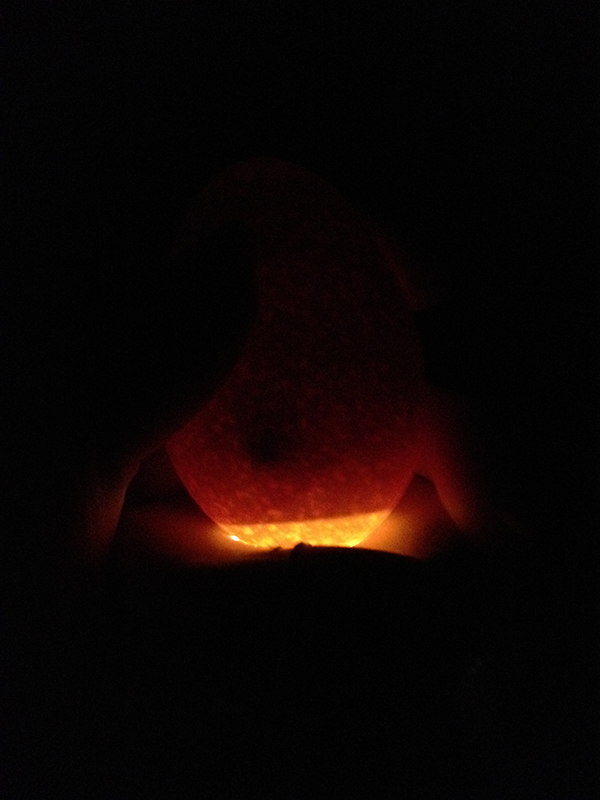
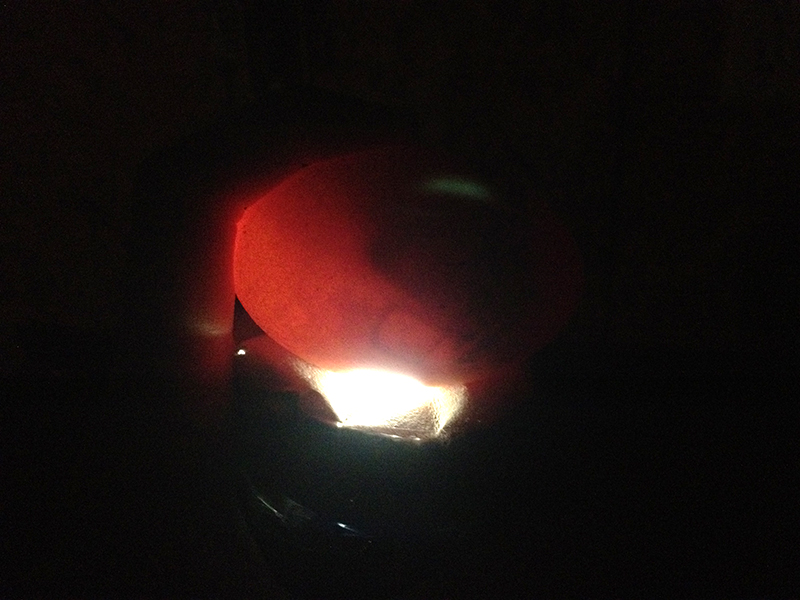
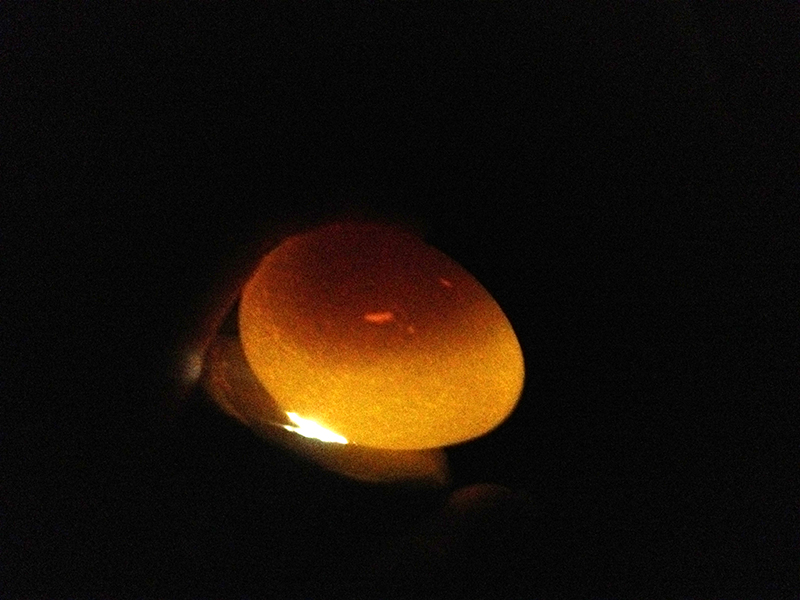
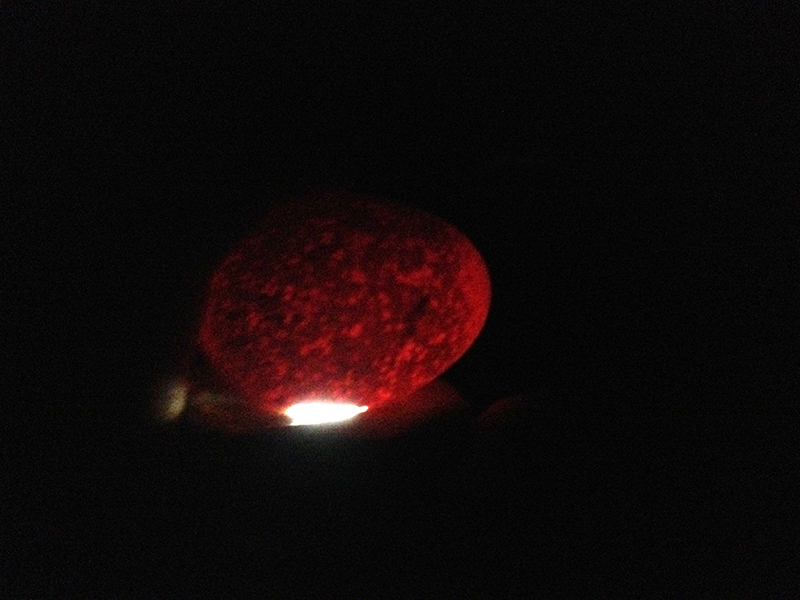
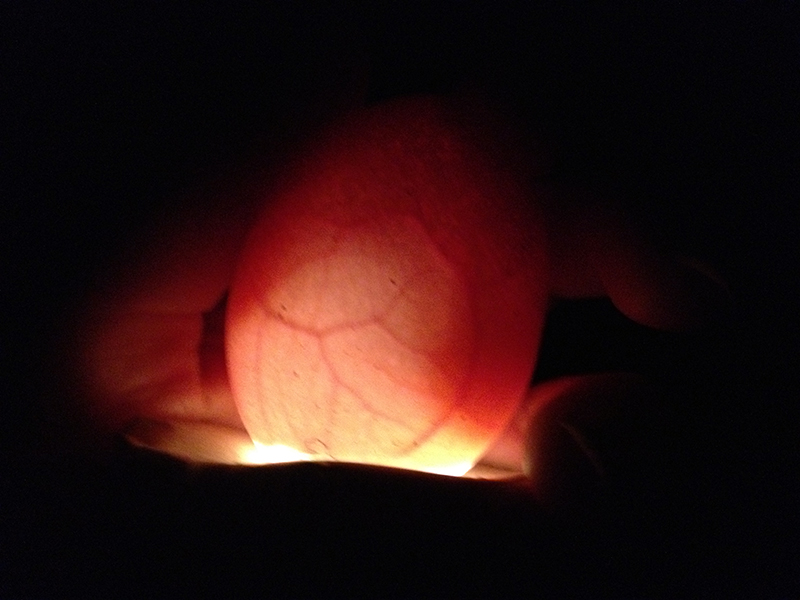
The veins on that last egg is just fascinating! I’m hoping you get most of them to continue to grow!
Me too! We’ll see on Monday or Tuesday!